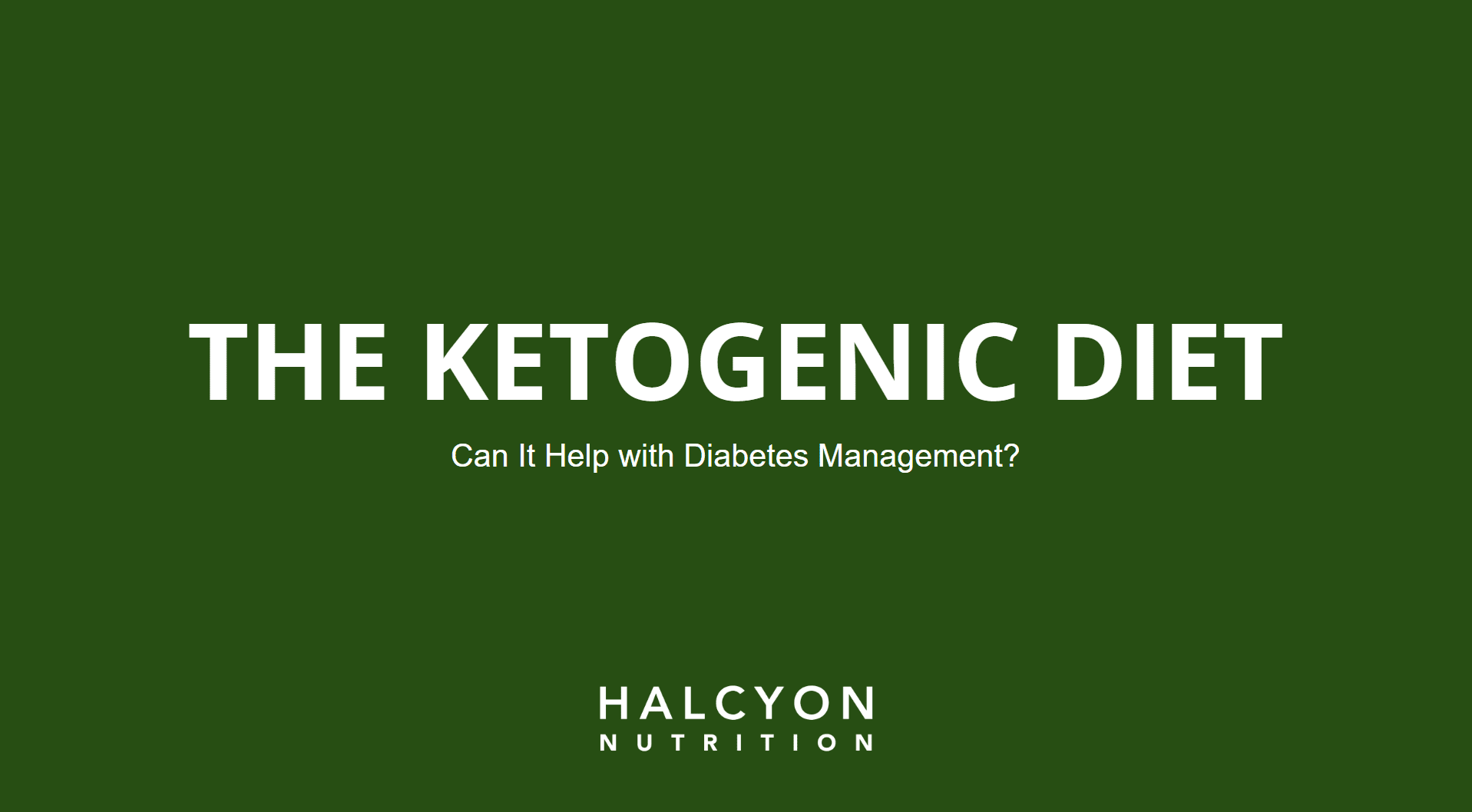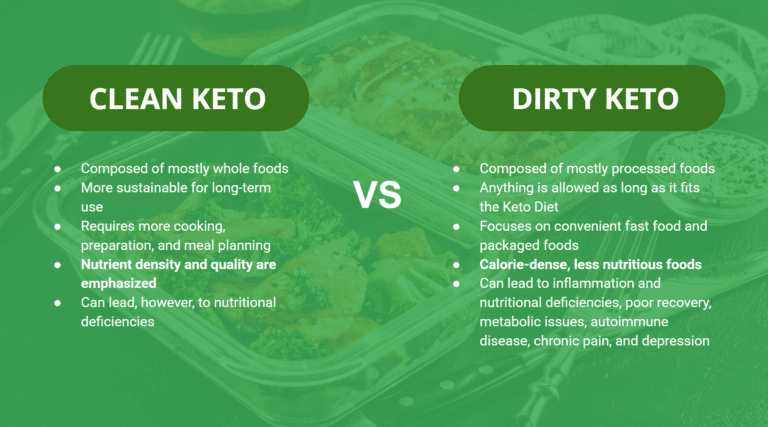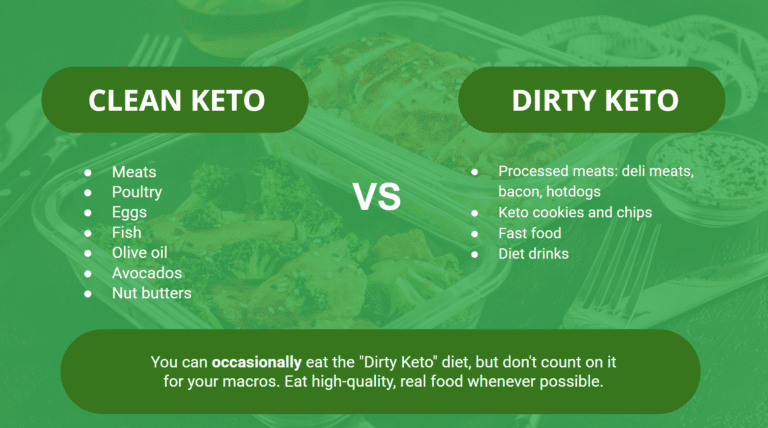The Ketogenic Diet: Can It Help with Diabetes Management?

What is the Keto Diet?
The ketogenic diet involves consuming high portions of fat and low portions of carbohydrates in order to put the body in a state of ketosis.
What happens in ketosis?
In a state of ketosis, the body burns fat for fuel instead of using glucose or sugar as the main source of energy.
How Does the Keto Diet Work?
Carbohydrates are the preferred fuel for our cells. If we stop eating carbohydrates, our body switches to burning fat.
When you reduce carbohydrate intake, your body stores less glycogen.
Since glycogen binds to water, this decrease leads to water being released, resulting in temporary weight loss.
Note: The initial weight loss experienced when cutting back on carbohydrates is primarily due to water weight, not fat loss.
If you lose weight during the Keto Diet program, it’s probably because you have eliminated high-calorie foods rather than because of the keto diet itself.
Carbohydrates store glycogen in muscles for energy, while low-carb diets flush excess glycogen and water.
Keto diets can help improve lean muscle mass, but cutting carbs may lower glycogen levels, which could affect muscle growth and performance. To maintain muscle, it’s important to include resistance training and eat enough protein, no matter what diet you follow. Keto diets also lead to water weight loss due to ketone flushing.
Does the Keto Diet Work?
1. The Ketogenic Diet works because high-fat foods are more filling than high-carb foods. Fat keeps you feeling full longer than carbs. If you eat fewer calories, this can help you lose weight.
2. After starting the Ketogenic Diet, people lose a lot of water weight, and eliminating carbs from your diet results in rapid weight loss.
3. Returning to your normal diet and consuming the same amount of carbs will likely bring back the weight you previously lost.
4. The rapid weight loss makes the Keto Diet popular, but it’s not sustainable in the long run and may not provide lasting weight loss results.
Effects of the Keto Diet
1. The Keto Diet mimics fasting through the restriction of carbs. Burning ketones slows brain activity.
2. The buildup of ketones in the body can also cause bad breath, or “keto breath.”
3. The Keto Diet was originally prescribed for the treatment of epilepsy and should not be used long-term, as it can trigger the progression of heart disease in some patients.
How to Do Keto
A typical Keto Diet is low in fiber due to its low carbohydrate content. It is also high in saturated fat and cholesterol.
This is sometimes called “Dirty Keto” or “Lazy Keto.”
However, it’s possible to follow a healthier approach to the Keto Diet, rather than simply consuming any keto-approved foods, regardless of their healthiness.
This is called “Clean Keto”
Clean Keto vs Dirty Keto


Benefits of the Keto Diet
1. Keto diets normally lower blood sugar levels, unlike other diets, because they are based on healthy fats.
This effect on blood sugar levels has led to interest in using the keto diet for managing diabetes. By reducing carbohydrate intake, some individuals may experience better blood sugar control. However, it’s important to approach this with caution, as the diet may not be suitable for all individuals with diabetes without proper medical supervision
2. Keto helps you lose weight and temporarily reduce bloating. Cutting carbs causes water loss, which accelerates weight loss. However, these results are temporary and do not necessarily equate to fat loss.
Keto Diet Considerations
1. High animal fat intake may have more consequences than benefits, including cancer progression and other lifestyle diseases.
2. Diabetics should avoid Keto, as diabetics can’t tolerate carbohydrates properly, which leads to high blood sugar levels.
3. Metabolic syndrome, obesity, heart disease, and stroke can be worsened by high-fat consumption.
4. The Keto Diet, which claims to reverse diabetes, operates primarily through carbohydrate restriction. Without proper medical guidance, your condition could remain just as bad as it was before starting Keto, or even worsen.
So, can Keto Diet help with Diabetes?
Diabetes is not easily reversed when insulin injections are no longer needed on a normal diet. Reversing diabetes requires high carbohydrate tolerance.
Diabetes may also indicate nerve and vascular damage and other issues. High blood sugar levels can trigger AGEs.
Advanced Glycation End products, or AGEs, cause illnesses that worsen over time, such as Alzheimer’s, kidney disease, and stroke. AGEs can also come from a high-fat and high-protein diet in animals.
NOTE:
It is essential to consult a doctor before making any significant dietary changes, especially for individuals with diabetes, to ensure the approach is safe and tailored to their specific health needs.
HALCYON NUTRITION
Looking for expert guidance on how to manage your nutrition effectively? Halcyon Nutrition provides personalized dietary planning and education to help you make informed decisions about your health.
With a team of certified specialists, we are here to support you on your journey to better health.
Send us a message:
0918 488 3812 (SMART) or 0916 335 3909 (GLOBE)
hello@myhalcyonnutrition.com
222 Sen. Gil Puyat Ave., Makati City 1230, Metro Manila, Philippines
Sharing is caring!


